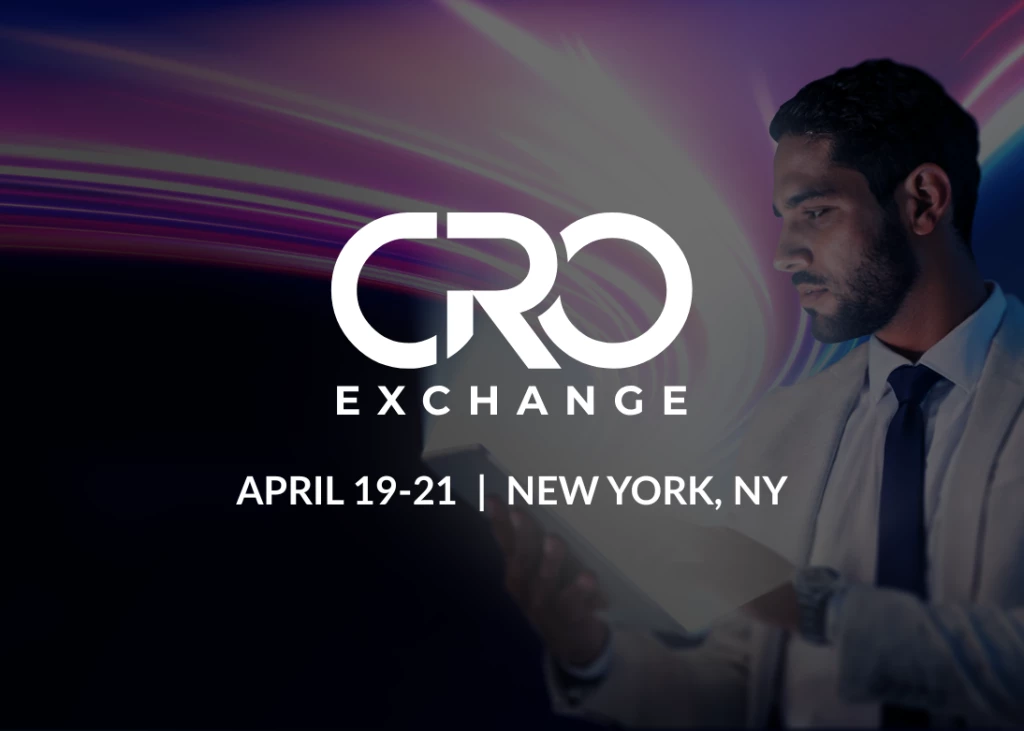Looking vs. Seeing: Why Differences in Perception Determine What We See & How We See It
Add bookmarkEditor's Note
We like to think of minds as being parachutes. To work, they must be open.
For those who strongly believe in the thinking and writings of our nation's Founding Fathers, welcoming ideas from everyone and everywhere is essential to our personal growth and, ultimately, to our nation's freedom, prosperity and safety.
We must understand before we judge. And to repeat an often stated proverb, “When everyone thinks like everyone else, no one is thinking very much."
Without diversity of thought, mindsets become fixed and rigid. Uniformity of thought becomes the norm.
In authoritarian societies, people are taught/conditioned/coerced to think the same way, to believe and to value the same things.
In authoritarian-driven societies where conformity reigns, those that persistently dissent must ultimately depart.
Most of us are perplexed by many of today's happenings. Some claim people of all ages commonly mistake the mirror for the window. Others say many of today's well-publicized conflicts boil down to differences in perception or mindsets.
The range of multiple interpretations of presented facts reminded us of a long-ago lesson taught in many universities and colleges throughout the nation.
This article details that lesson while simultaneously integrating the teachings of Peter F. Drucker, Jeremy Hunter of the Drucker School of Management and others who have shed much light on the reasons for what can mildly be called "perceptual differences."
Introduction
This is a story with a lesson. The Wharton School's Dr. Morris Hamburg in his much acclaimed book Statistical Analysis for Decision-Making used this unforgettable example to illustrate different interpretations to the same set of facts or statistical data.
"The heroine of our story is a grammar school teacher who wanted to demonstrate the harmful effects of drinking liquor to a class of 8-year-olds. She placed two glass jars of worms on her desk…
...Into the first jar, she poured some water. The worms continued to move about, and did not appear to have been adversely affected at all by the contact with the water…
Then she poured a bottle of whiskey into the second jar. The worms became still and appeared to have been mortally stricken...
The teacher then called on a student and asked, 'Johnny, what is the lesson to be learned from this experiment?'...
… Johnny, looking very thoughtful replied, 'I guess it proves it's good to drink whiskey, because it will kill any worms you may have in your body'…"
Lesson learned? Statisticians would call this a prime example of a statistical non sequitur, a Latin term meaning "it doesn't follow."
Dr. Hamburg's point? Even when statistical data are above reproach, much leeway still exists for individuals to interpret them in a manner that best supports their mindset and/or prejudices.
Stanley Schor, a noted bio-statistician, once colorfully described this as: "Statistical results are like expert witnesses; you can get them to testify for either side."
Yet little Johnny was well-meaning. His interpretation of the outcome of the whiskey experiment was based on a mindset and/or the perception of an 8-year-old.
We forgive little Johnny. But it's now becoming more difficult to forgive those that leap from a statistical fact to a convenient conclusion–without the conclusion jumper being handicapped by any consideration of alternative conclusions or even by any rules of simple logic or elementary statistical analysis.
A timeless verse from Robert Browning best describes the painful truth about fixed, rigid mindsets that look but don't see:
And "As in your sort of mind, So in your sort of search; you'll find What you desire."
Will Rogers also addressed the issue of jumping to erroneous conclusions when he said: "It ain't so much the things we don't know that gets us in trouble. It's the things we know that ain't so…"
Why People Can View The Same Facts Differently: The Role Of Perception
Perception consists of two components–namely knowledge and experience. People with different knowledge and experiences can view the same facts differently.
What A sees so vividly, B does not see at all. And, therefore, what A argues has no pertinence to B's concerns and vice versa.
"Just as the human ear," Peter F. Drucker wrote, "does not hear sounds above a certain pitch, so does human perception all together not perceive what is beyond its range of perception."
In his much celebrated book Innovation and Entrepreneurship, Drucker reminds us, "When a change in perception takes place, the facts do not change. Their meaning does."
In short, perception influences how we understand the facts and how we respond to them.
To repeat: Knowledge and experience determines our perception, that is, what we see and how we see it. With more knowledge and experience, perceptions can change.
Mark Twain once quipped: “When I was a boy of 14, my father was so ignorant I could hardly stand to have the old man around. But when I got to be 21, I was astonished at how much the old man had learned in seven years.”
Perhaps when 8-year-old Johnny is 18, his response/interpretation to the same facts will change. We certainly hope so.
Looking vs. Seeing – How A Change In Mindsets Can Change What We See And How We See It
We all must attempt to become opportunity-focused rather than problem-focused. Pessimists tend to see problems in every opportunity. Optimists see opportunities in every problem.
Peter F. Drucker once defined perception as seeing what everybody else had seen but ignored (i.e., looked but didn't see) and thinking through what no one else had thought through.
There are two kinds of mindsets–namely: mindsets for the status quo and mindsets for growth. Says Jeremy Hunter, Associate Professor of Practice at the Peter F. Drucker and Masatoshi Ito Graduate School of Management at Clairmont University:
"Mindsets serve as an unconscious filter for what we see and how we see it.… The fixed mindset does not learn. Instead, it seeks to support what it already knows…
… By contrast, a growth mindset approaches the situation with greater calm and openness… People are often astonished how a simple change in mindset can produce dramatically positive results…"
In the often stated analogy of the glass seen as half empty or as half full, the former view reflects a mood of pessimism, an unacceptable characteristic for executives charged with the responsibility of making effective change happen.
Whereas, the latter view mirrors optimism, enabling the practitioner to be opportunity-focused, that is, possessed with the traits of passion and perseverance and not intimidated by doing the new and different.
This was illustrated by Drucker in the story of the two shoe salespersons who visited an underdeveloped country to determine if a market for shoes existed.
One reported back there was no demand there for shoes because the people did not wear shoes. The other reported back that, indeed, a major opportunity existed because the people did not wear shoes
The second salesperson reasoned that if the organization taught the people the benefit of shoes through advertising and other communication vehicles, they would have a first mover advantage and capture the market.
Summary & Conclusions
The term “mindfulness” is a hot topic–in books, journal articles and in corporate learning/training departments.
In many ways, the application of the principles underlying “mindfulness” forces us to review our current perceptions and make necessary changes.
But mindfulness alone won't suffice. Acquiring the right knowledges and meaningful experiences goes a long way in changing existing perceptions.
Come to CLW 2020 & learn from Jeremy Hunter's keynote address & master class how to systematically, with purpose & with a high probability of success change fixed mindsets into opportunity-focused mindsets.
Future articles by Dr. Hunter will shed much light on the practice of self-management and the need for self-examination with respect to our perceptions with respect to reality.































